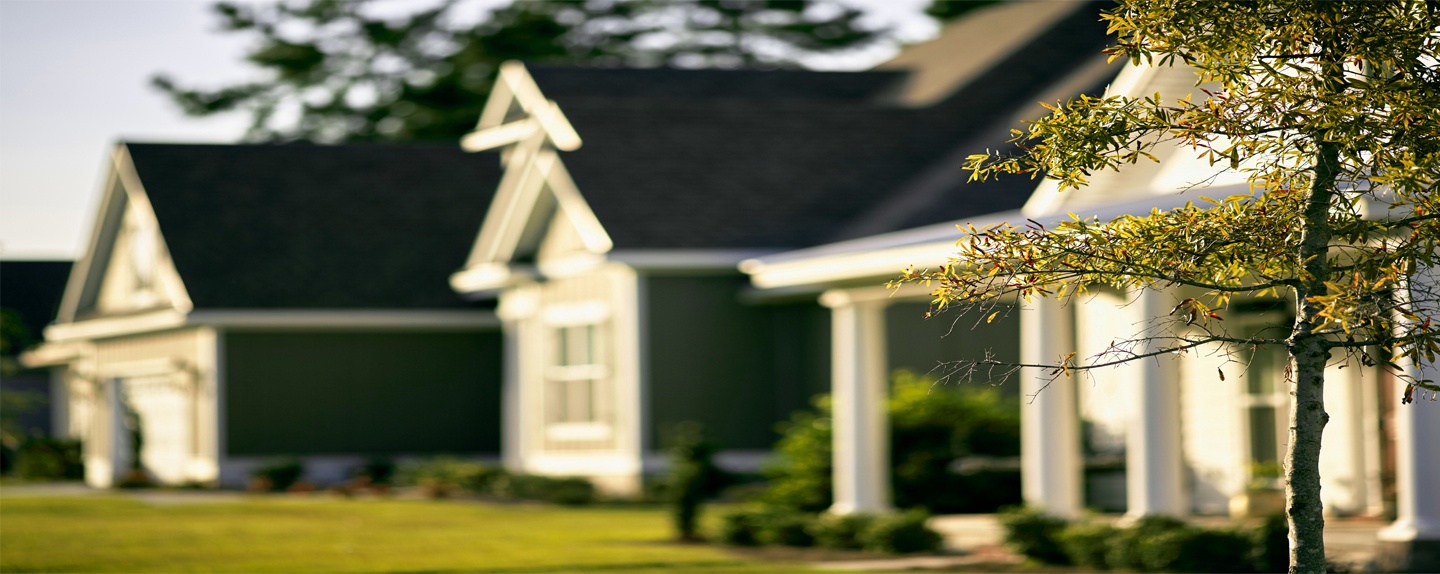While it is certainly not too late to be aerating your lawn in October, whether it is too late to seed in October is an entirely different question. Because the weather can be so variable at this time of year, there is no hard and fast rule as to whether to seed.
This mercurial month can be warm and sunny one day with highs in the 70’s and cold and rainy the next with highs in the 30’s. This can cause soil temperatures to begin to decline.
For all types of seeds, the soil temperatures need to be at least 45oF but germination is quicker if soil temperatures are around 55oF. This is typically not a problem in the first half of the month, so an early fall seeding can be very beneficial but here are some things to consider increasing your chances of success.
Choose The Right Kind Of Seed
There are three main types of cool season grasses that grow well here in New England (stay away from warm season grasses). They are perennial rye, various fescues, and Kentucky Bluegrass. Each has their own timeline for seeds to germinate.
Rye grass seed can start to germinate in as little as 5 days and most of it should be germinated within 10 days. Fescues germinate in 7 to 12 days and bluegrass needs 14 to as many as 30 days to germinate. Most seed is sold in blends with the proportion of each type of seed differing depending on whether it is meant for sunny or shady areas.
If you are planning to overseed in October, you should consider getting a seed mix meant for shady areas as it will have significantly less bluegrass in it and more of the quicker germinating ryes and fescues. Don’t worry if you are putting it down in a sunny area. These grasses are labeled shade grasses simply because they do better in shade than bluegrass does. They will thrive nicely in a sunny lawn. A lawn heavy in fescues can, however, develop thatch very quickly.
Choose Your Areas To Seed Carefully
It may be that your entire lawn doesn’t need to be seeded. If you just have bare patches that need attention, those could be more easily addressed. Working up the soil in an area and then working seed into the soil so it is a little more protected can get you a little extra time to seed.
If you have an existing lawn that you would like to thicken up an aeration and overseeding can be just the solution. This type of service is designed to fill in small bare spots throughout the lawn but not for filling in larger spots of bare soil say, where you removed a tree stump.
What If Nothing Grows?
If you put seed down and you see no growth in the fall, don’t be too discouraged. You may have missed the germination window for fall. This is what is referred to as a dormant seeding. Be patient and see if there is any growth in the spring. Just be sure to let your lawn care company know that you have areas that are seeded so they do not apply crabgrass pre-emergent control and interfere with any spring growth you may get.
There are also plenty of types of grass seed, some are good seed, and some are well, not so good. So, before you start to plant grass seed make sure you have the proper type of grass seed and it’s a good time to plant otherwise you may waste a lot of time and money.
Get More Info From The Pros!
Looking for more information on aeration and overseeding or just ready to let the professionals take over your lawn care needs? The Grassmaster Plus team is ready and willing to answer any questions you have and can provide you a free quote on your lawn care services for the season. Contact our local office today!

